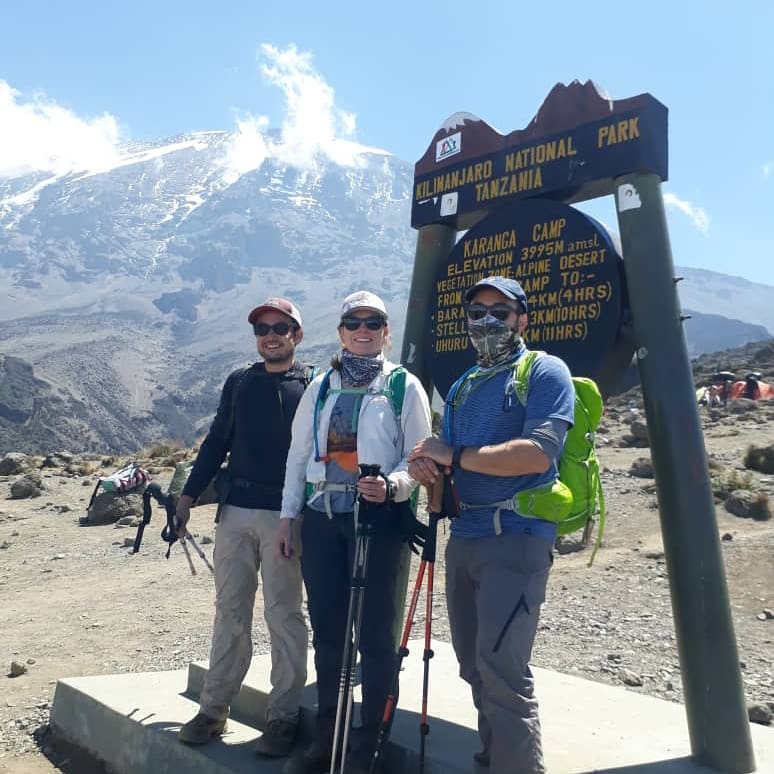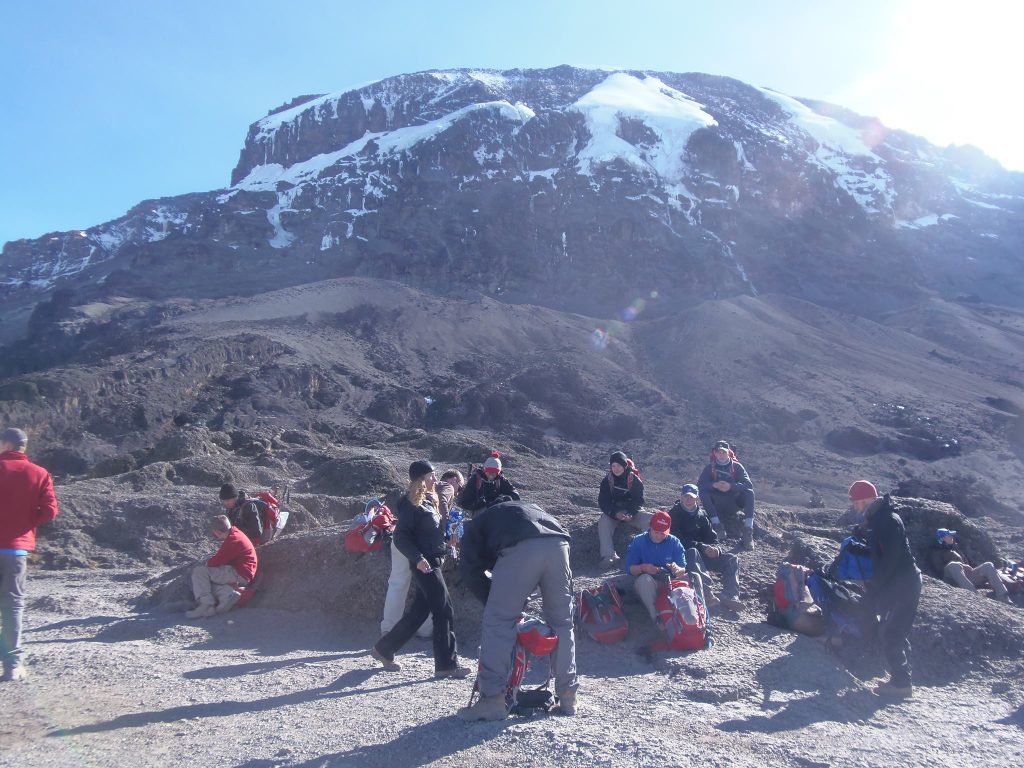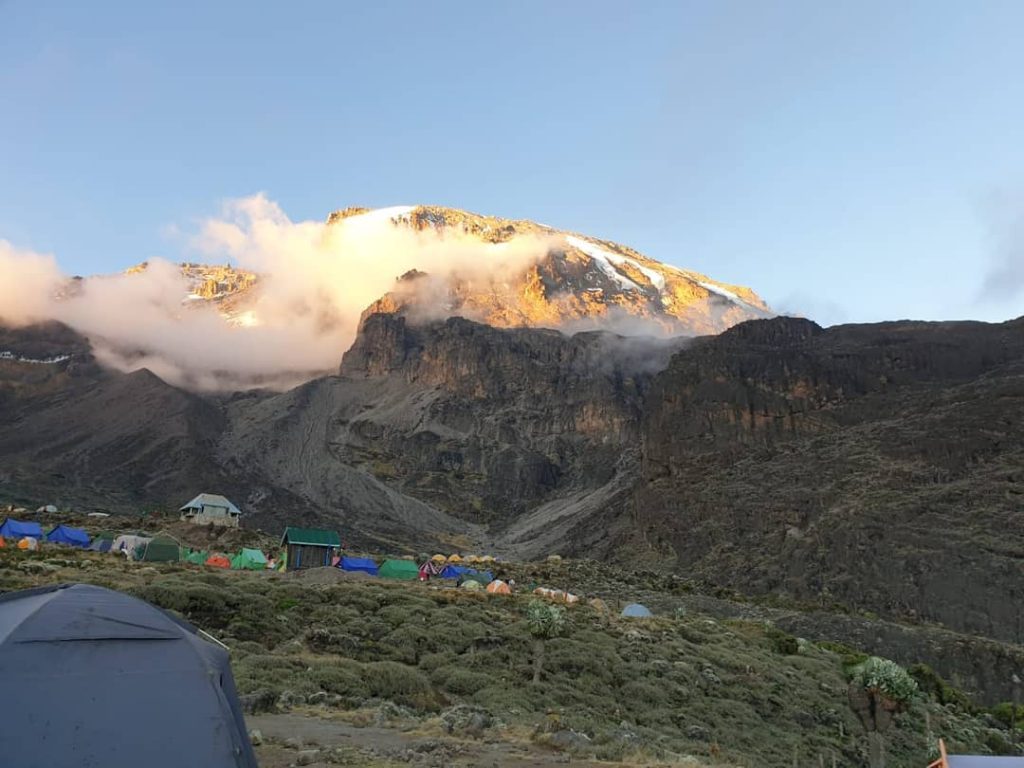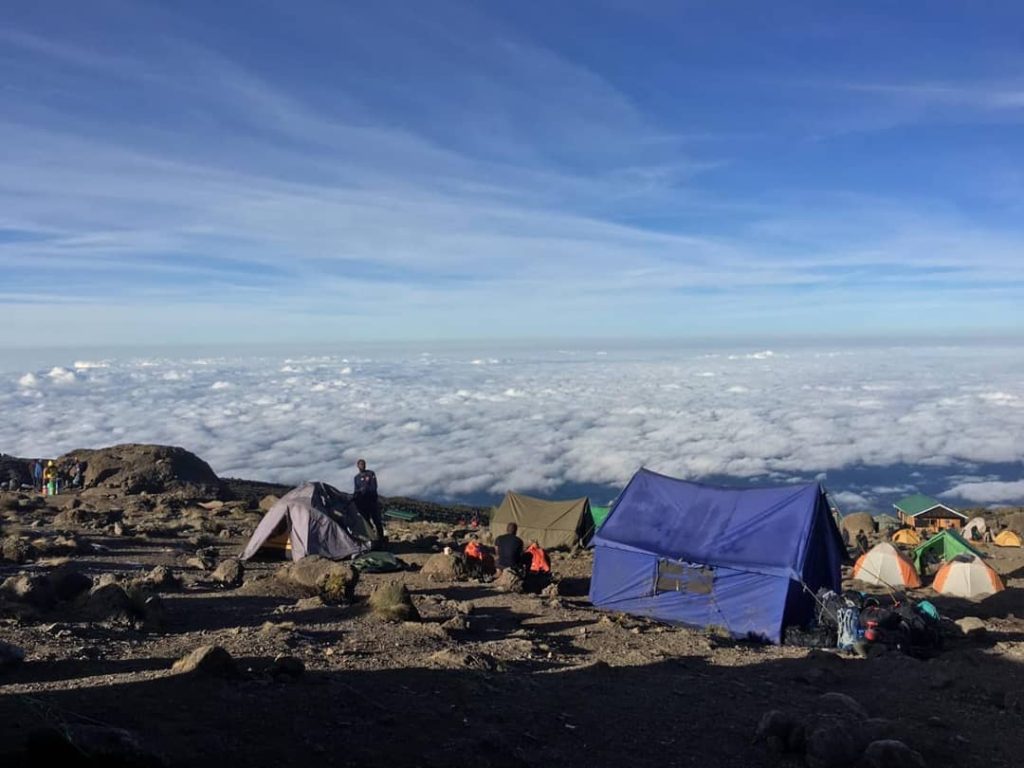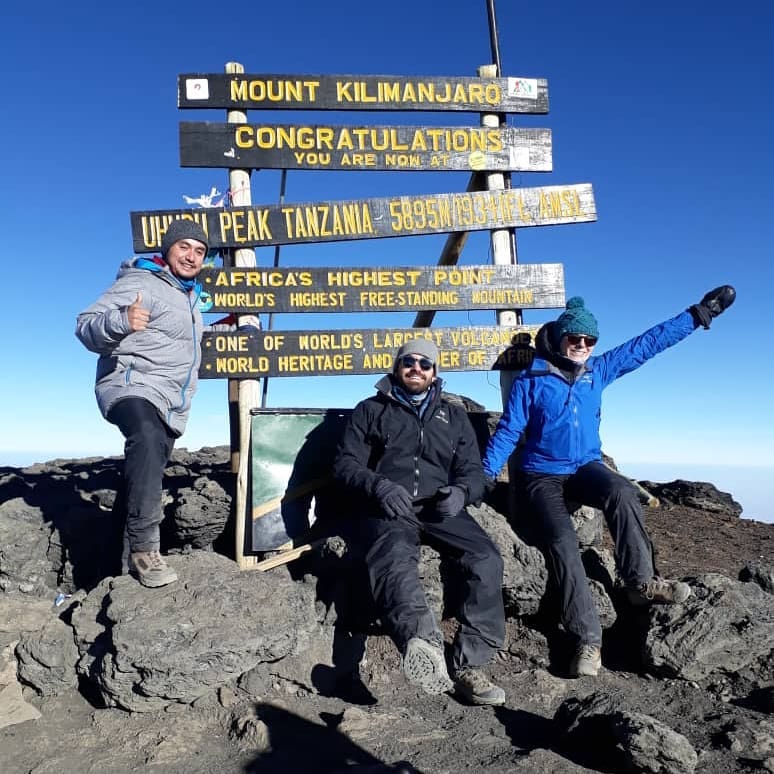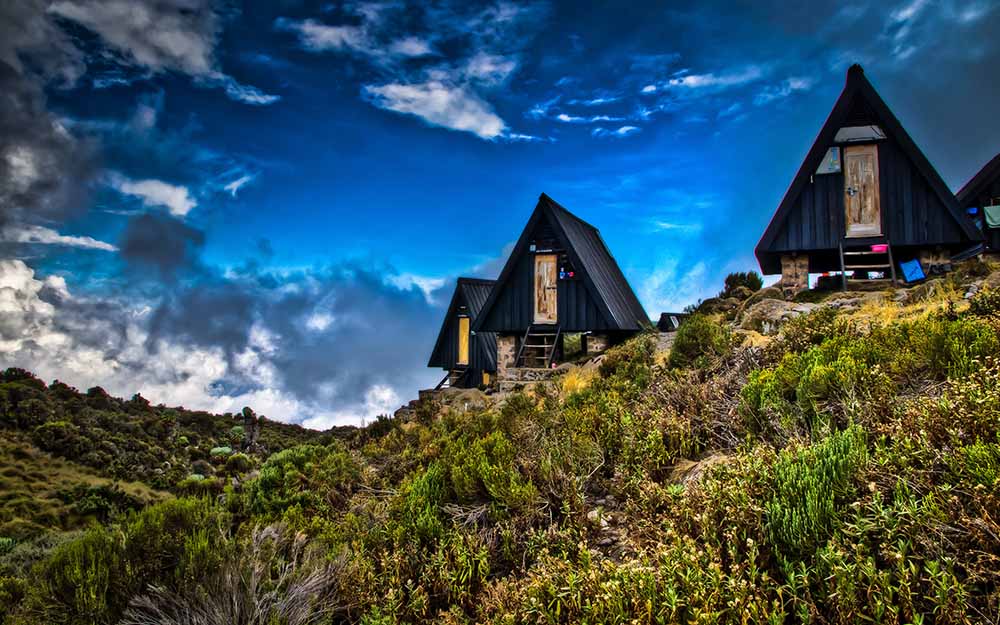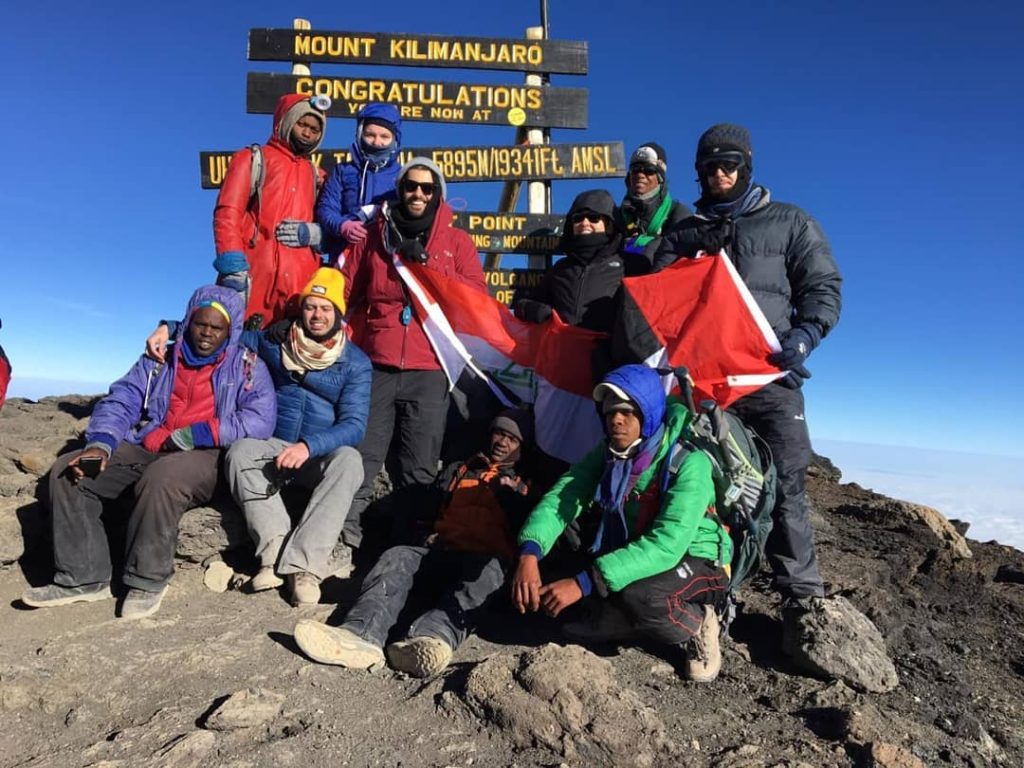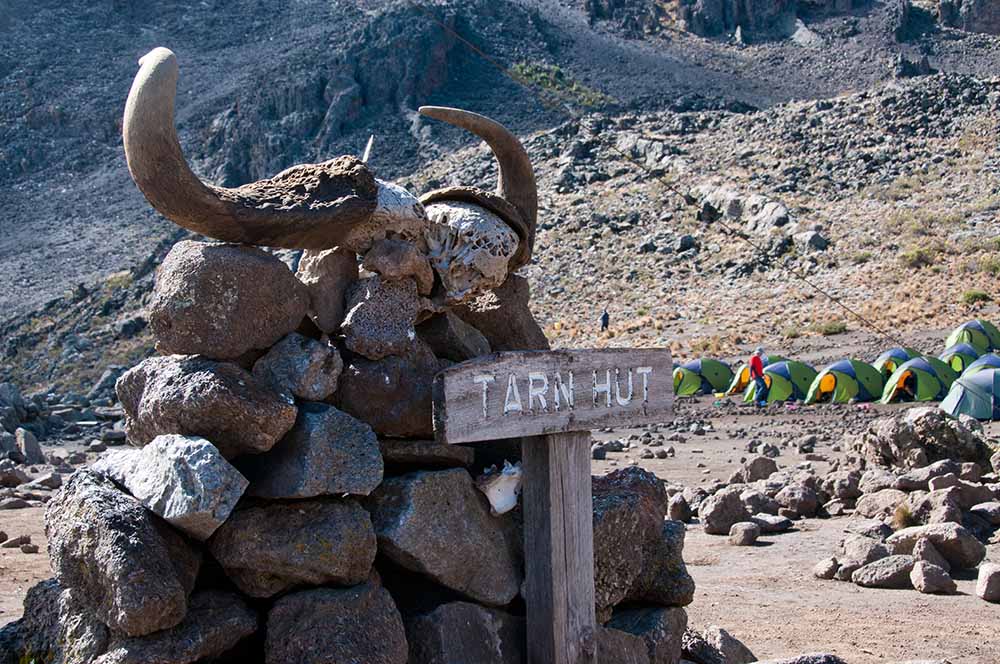Mount Kilimanjaro
This mountain is magnificent, a true beauty towering Africa at 5895m (19341ft) tall. Kilmanjaro welcomes you to it’s Gates diversified by rain forests and heather’s, slopes and hills, which is also dormant volcano capped with glacier above the clouds.
With the name originating from Swahili and meaning ‘Mountain of Greatness’, it is full of myths and mystery.
Unlike other mountains around the world, Kilimanjaro does not require any technical knowledge in mountaineering, which also means that you do not need climbing gear to reach the top. Average duration of the walks each day varies between 4 and 8 hours, at a very slow pace, as we like to say in Kiswahili ‘polepole’.
There are 6 routes to choose to climb Kilimanjaro and required number of days, depending on your experience and overall shape in which you wish conquer Uhuru Peak. We will help you design a route best suitable to your needs.
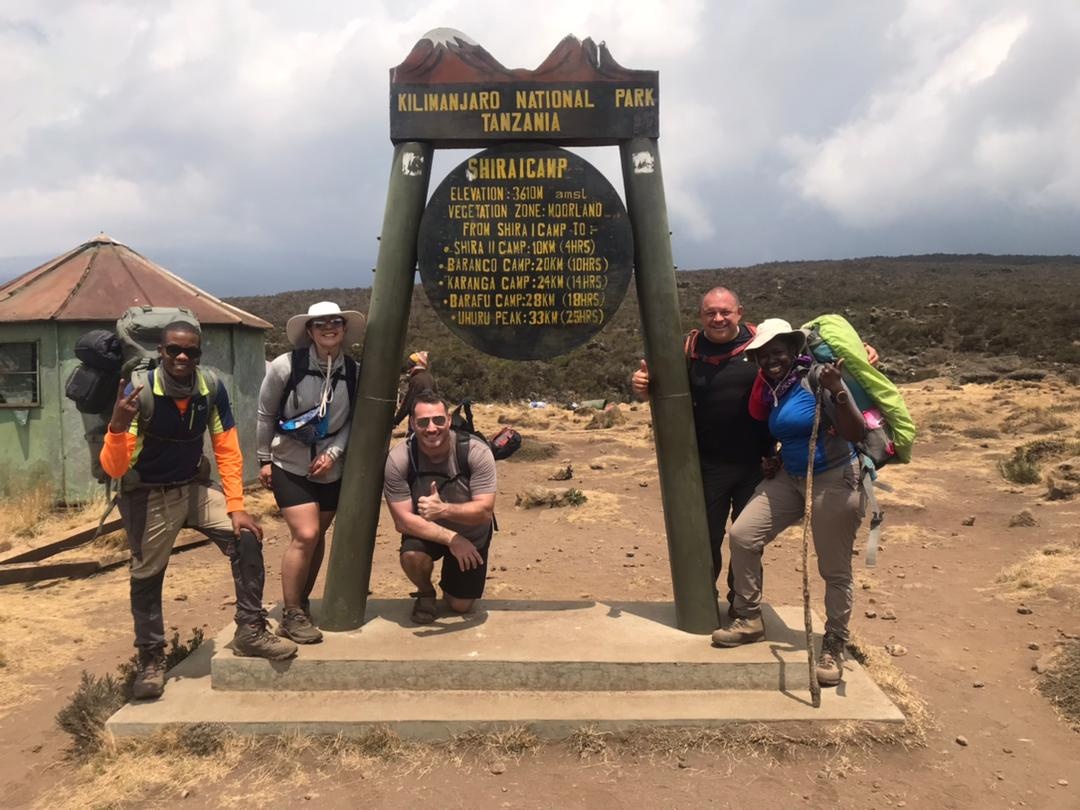
Machame Route
This route is also known as the 'Whiskey' route. It is the most popular camping route on Kilimanjaro, and it takes six to seven days to reach the summit. The Machame route has a high success rate in reaching the summit. About 85% of climbers successfully reach the summit because they climb high and sleep low, which helps with acclimatization.
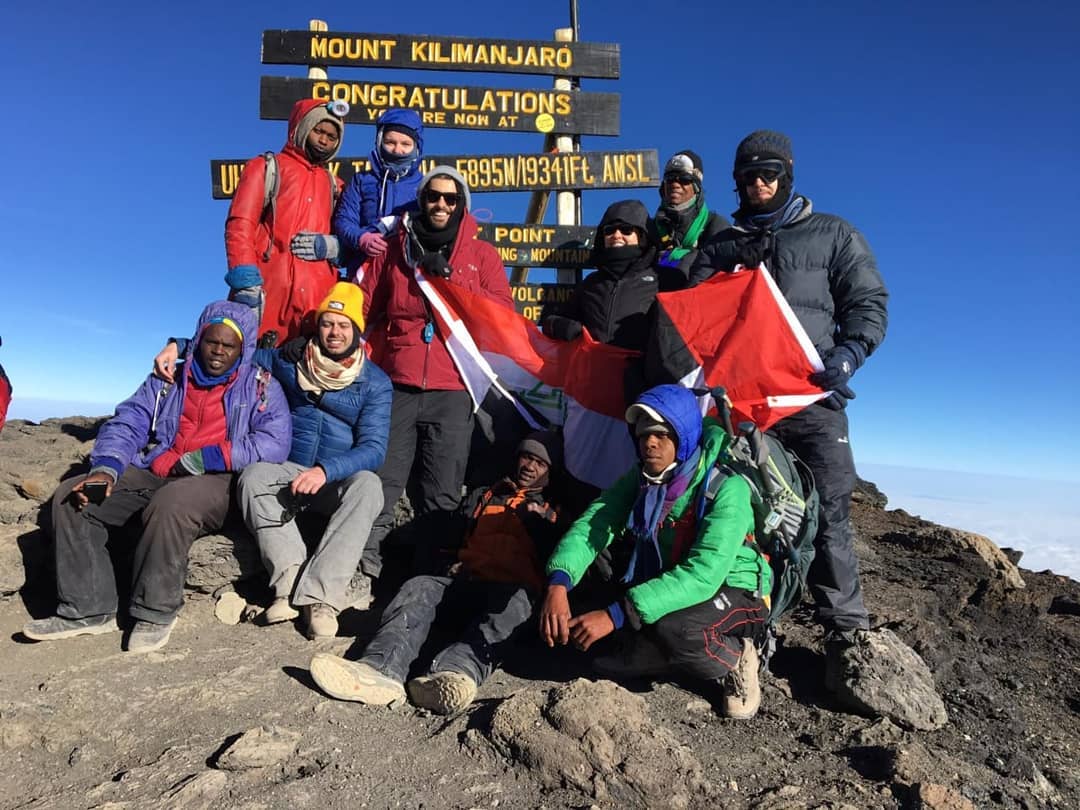
Lemosho Route
This route is known to be the most beautiful route on Kilimanjaro. It is our favorite route because it offers the perfect balance between low traffic, scenic views and high success rates (over 80%). This route, unlike the Machame route which just intersects the Shira Plateau, crosses the entirety of the plain from the west to the east in a pleasant, relatively flat hike. The acclimatization is also great because it takes 7 to 10 days to climb using this route.
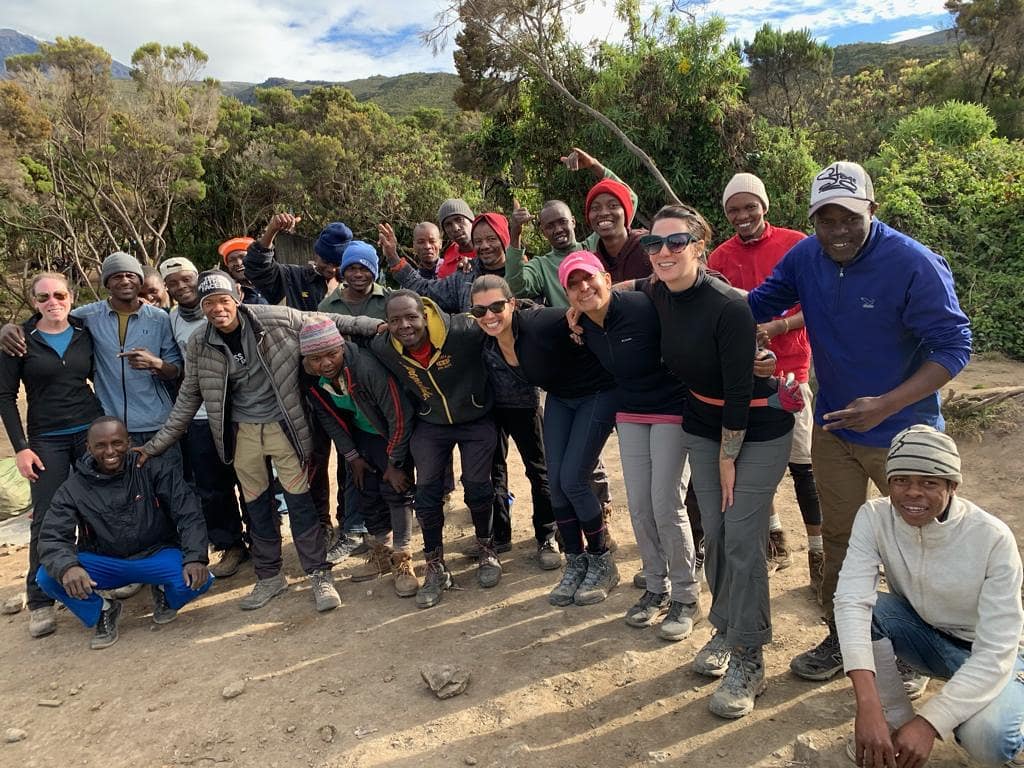
Marangu Route
This route is known as the 'Coca-Cola' route, and it is a classic trek on Kilimanjaro. It is the oldest and most well-established route. This rote is a favorite for many people because it is considered to be the easiest route on Kilimanjaro seeing as it has a gradual slope. This route is also the only one that offers sleeping huts with dormitory-like accommodation. The minimum number of days required for this route is five days, but six are recommended to increase summit success rates due to better acclimatization.
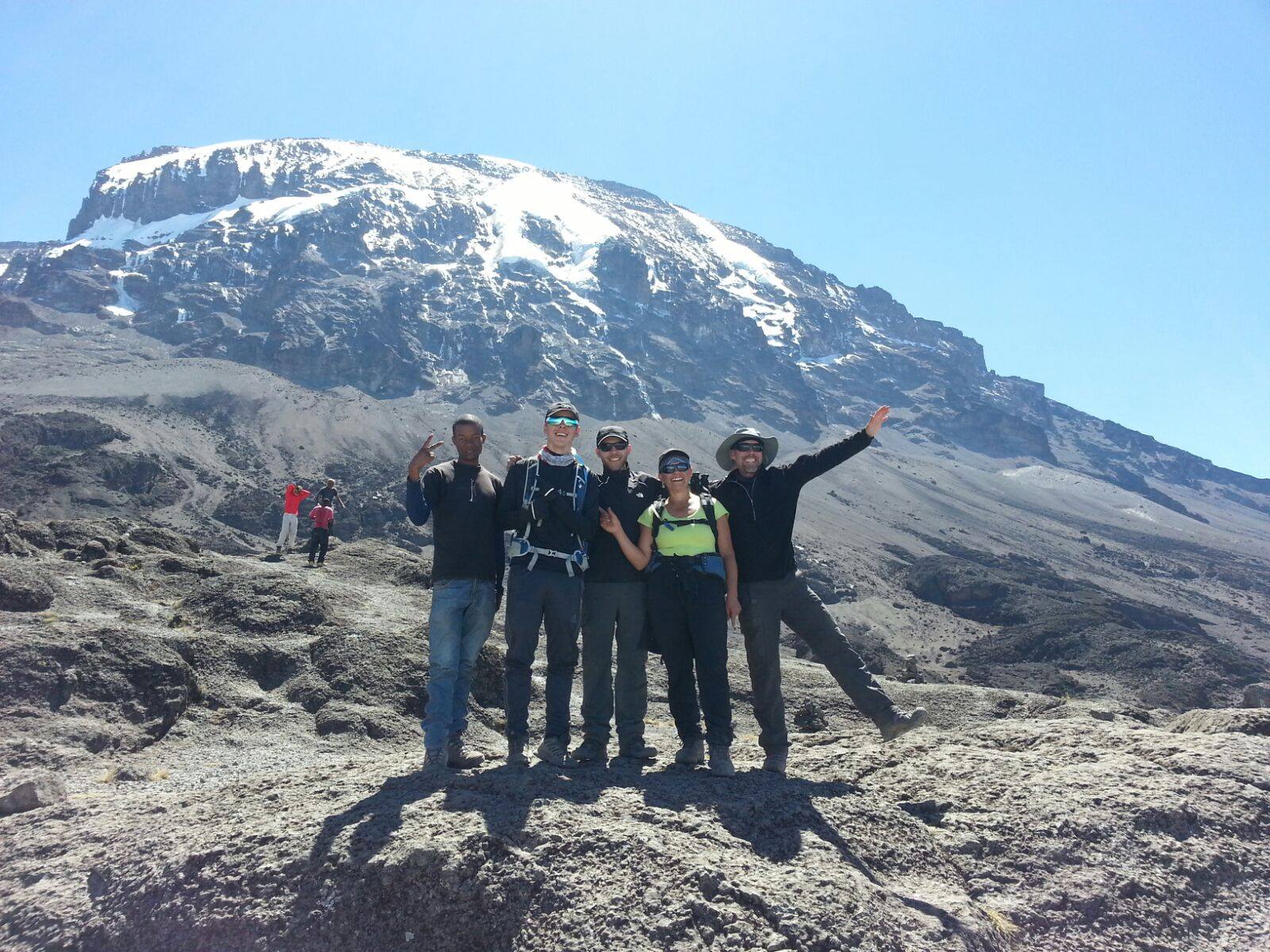
Rongai Route
This is the only route that approaches Kilimanjaro from the North, close to the Kenyan border. It is one of the easiest routes on Kilimanjaro, and it joins with Marangu route at Kibo Hut. The minimum number of days required for this route is six days but seven days are recommended. The scenery on Rongai roué is not as varied as the western routes, but it makes up for it by passing through the true wilderness for days before reaching the Marangu route. It is a moderately difficult route and is highly recommended for people who have little or no hiking experience.
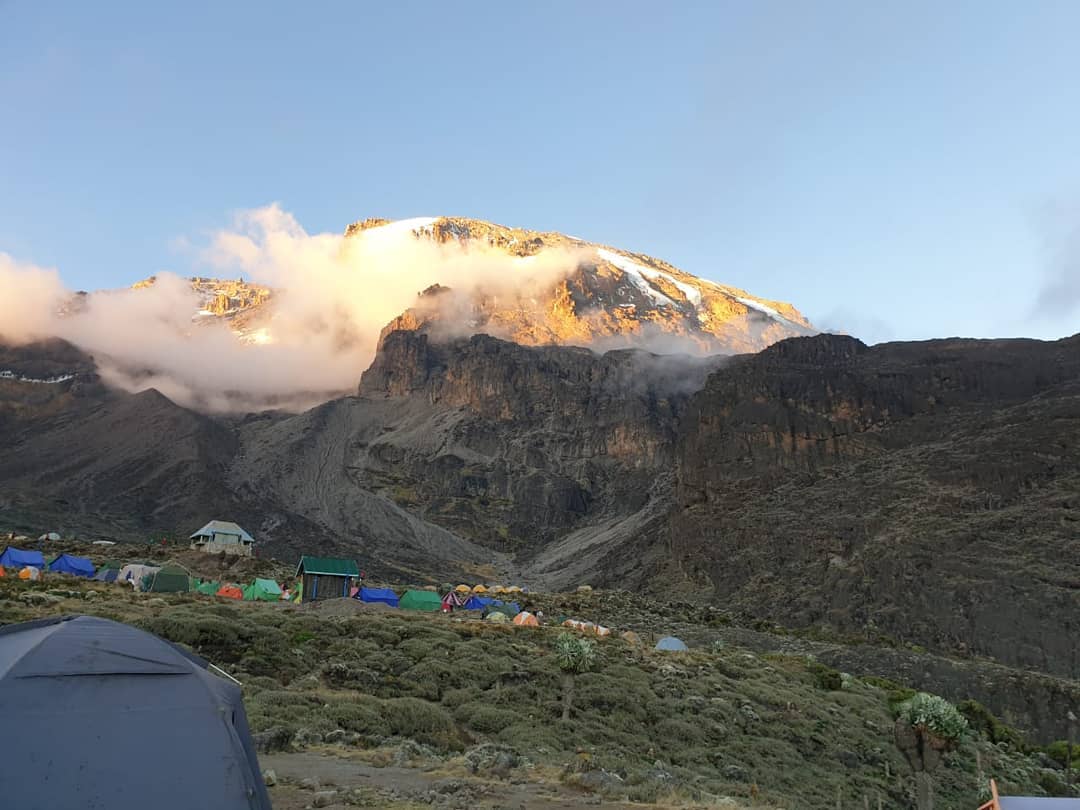
Umbwe Route
This route has a minimum of five days to trek, but six are recommended. The five-day route should only be used by very experienced hikers who are confident in their ability to acclimatize. The summit is reached through the Western Breach or Barafu Camp. If you choose Barafu camp, you will join the Machame route at Barranco camp. This route has beautiful views, stunning landscapes, and exciting climbs. The Western Breach route through Arrow glacier is quieter, but it is also more challenging. Going down the mountain from this route is through the Mweka route which follows a steep descent down to Barafu camp where climbers can rest briefly before going down an ever-changing scenery towards the Mweka Huts and the route off Kilimanjaro.

Shira Route
The Shira route approaches Kilimanjaro from the west and is almost identical to the Lemosho route. Climbers begin their hike at 3500m on the first day and spend their first night on the same elevation at Shira Camp 1. This route then joins the Lemosho route and follows the southern circuit route. At Shira Camp two, the route joins the Machame route. It is one of the longest routes to the summit, and it takes a minimum of seven days to complete the climb.

